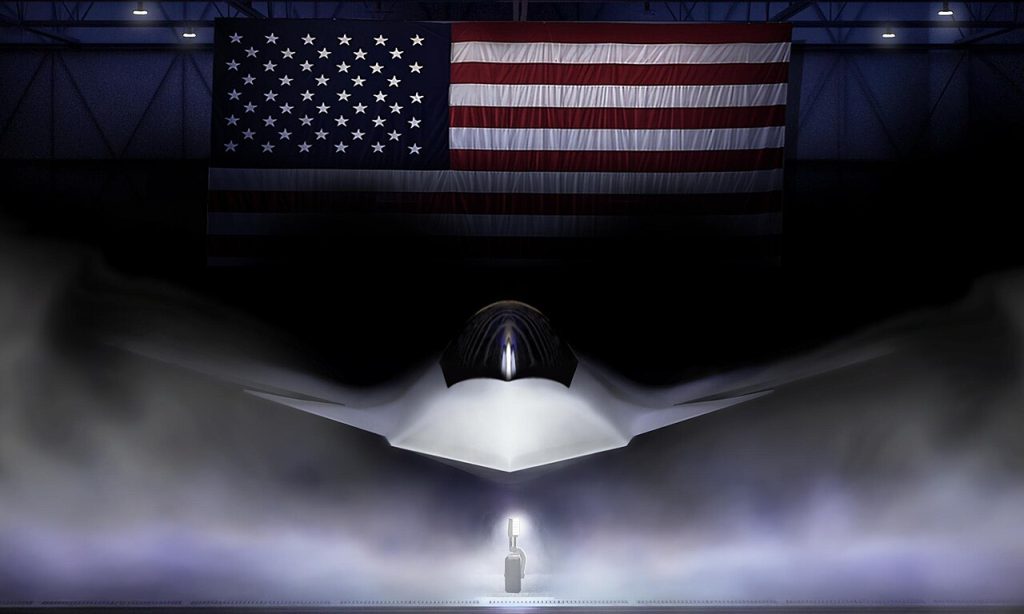
The race for sixth-generation air dominance is no longer a prospect far away; it is happening now, in secrecy and at speed. While Chinese prototypes of the J-36 fly openly, the American Boeing F-47 remains kept from public view, its true form only hinted at in cryptic renders and guarded statements. This is not a matter of aesthetics; it is a deliberate strategy to deny America’s adversaries the early advantage in decoding its next air-superiority weapon.
The F-47 is the manned centerpiece of the U.S. Air Force’s Next Generation Air Dominance (NGAD) ecosystem, a networked family of systems designed to dominate contested skies well into the 21st century. Its development comes at a time when the U.S. faces mounting pressure from China’s rapid fighter evolution and the industrial reality that large-scale production of such advanced aircraft is no longer feasible. Here are ten critical aspects that define what is known and what remains deliberately obscured about the F-47.

1. From Program Pause to Rapid Acceleration
The NGAD fighter program was once on hold, awaiting political decisions in Washington. That changed in early 2025, when Boeing was selected to build the F-47, setting off an aggressive timeline. Air Force Chief of Staff Gen. David Allvin said in September, “We’re ready to go fast. We have to go fast,” reflecting the sense of urgency driven by China’s accelerating J-36 program. Already under construction, the first representative prototype will take to the skies in 2028, with possible service entry by 2029-remarkably rapid for a program of this type.

2. A Deliberately Hidden Design
There are only two partial official renders of the F-47, and they might be intentionally misleading. “Good luck trying to dig something out of there,” Secretary of the Air Force Troy Meink said, referring to Chinese analysts studying the image. The renders show canards, but whether they exist on the real aircraft is unknown. This secrecy contrasts sharply with China’s public display of its J-36 prototypes, leaving the F-47’s actual configuration a matter of speculation.

3. The Canard Controversy
Canards do provide greater manoeuvrability, particularly for delta-wing aircraft, but they complicate achieving broadband stealth. Historical precedent, as demonstrated by China’s J-20, suggests a trade-off between agility and the reduction of radar signature. It is possible that Boeing has developed materials or design tactics that mitigate this, such as frequency-transparent composites or morphing surfaces. The likely presence of canards may indicate a design focus on agility and short-field performance, consistent with Agile Combat Employment concepts for dispersed operations in the Pacific.
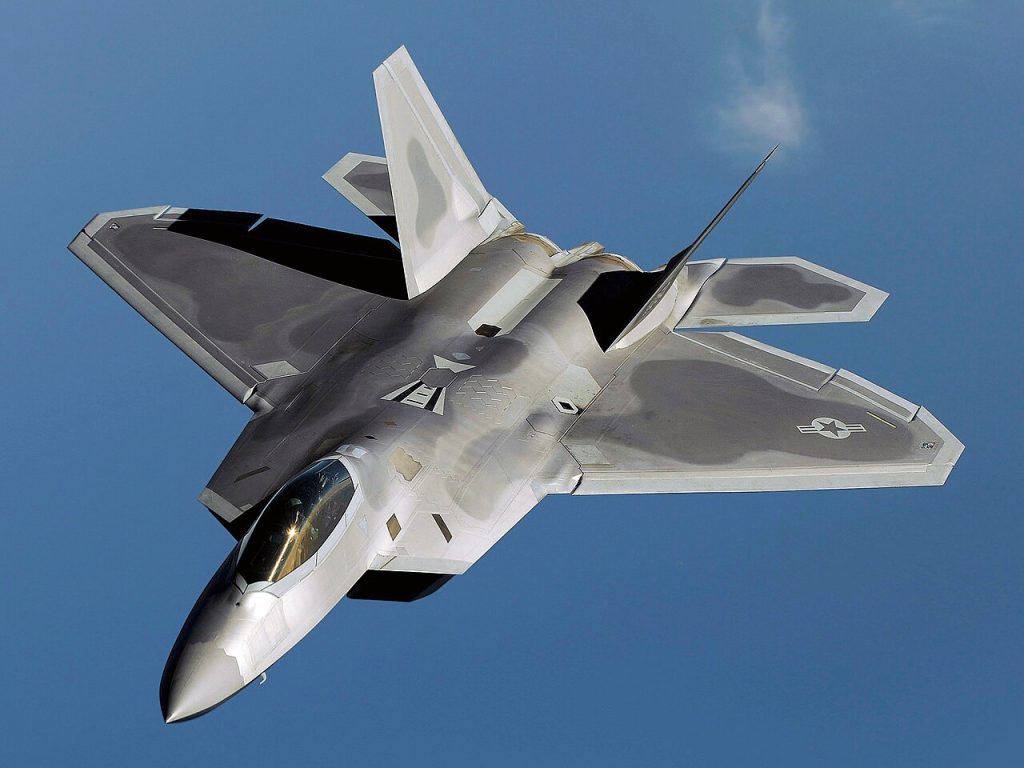
4. Sixth-Generation Without a Universal Definition
The term “sixth-generation” is more a shorthand marketing term than a technical standard. Capabilities commonly attributed to it-AI integration, all-aspect stealth, extended range, and crewed-uncrewed teaming-are inconsistent between programs. The F-47 is likely to be well beyond the F-22 in air dominance, but any such comparison with other so-called sixth-gen programs like the UK-led GCAP or China’s J-36 is misleading given the divergence in mission priorities and design philosophy.

5. Engine and Range Ambitions
The F-47 will be powered by Next Generation Adaptive Propulsion engines, probably in the 160 kN thrust class, which will be capable of supercruise with lower fuel consumption. Having a combat radius more than 1,000 nautical miles-about 70% over the F-22-it has been designed to hold tankers farther away from contested zones. This reach is vital for Pacific scenarios where distances and anti-access threats push today’s fighter endurance.
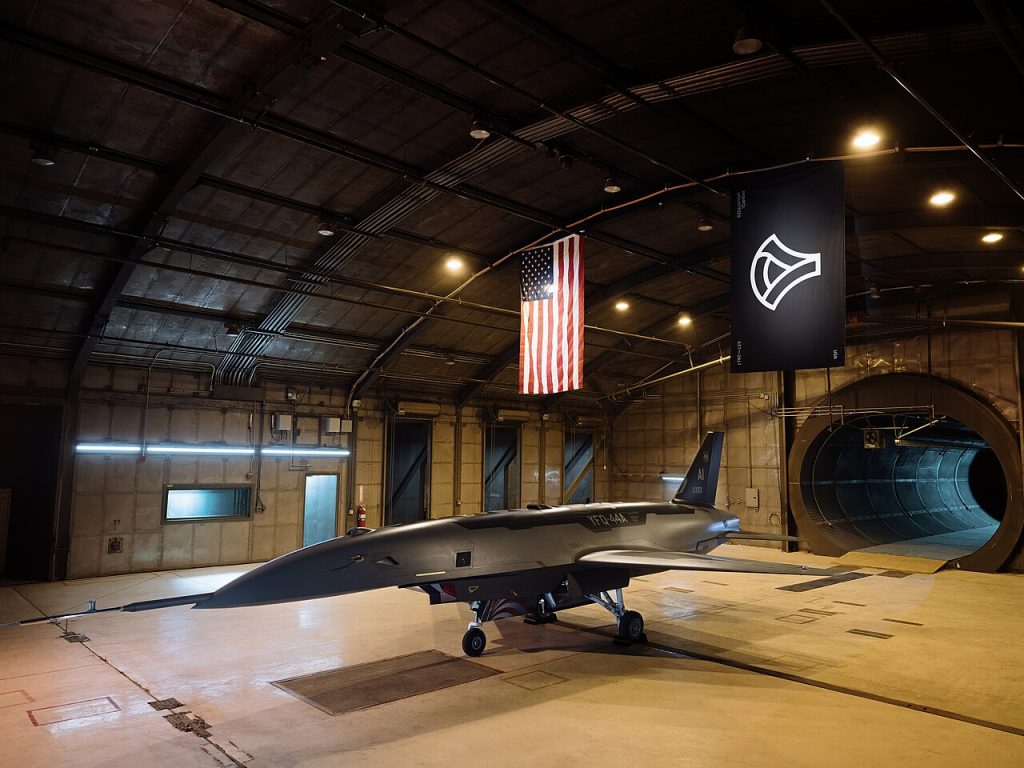
6. Integration With Loyal Wingman Drones
The F-47 is envisioned to fly with CCAs like Anduril’s YFQ-44 and General Atomics’ YFQ-42 for performing sensing, strike, and electronic warfare missions, expanding the reach and survivability of manned fighters. The Air Force might consider dedicated CCA squadrons that would allow for flexible pairing of drones with different platforms depending on mission needs.

7. The Numbers Game
Past U.S. fighter fleets numbered in the thousands; today’s advanced jets are too costly for such scale. The Air Force plans to buy at least 185 F-47s, potentially matching the current F-22 fleet size. But ongoing upgrades to 142 combat-coded Raptors and possible modernization of 35 Block 20 training jets mean the F-22 will remain in service alongside the F-47 for years, providing a layered air dominance capability.

8. The F-22 Viability Bridge
While the Air Force is waiting for the operational readiness of the F-47, it invests in the upgrade of the F-22 fleet with infrared search and track, enhanced electronic warfare, low-drag tanks, and open mission systems architecture. These enhancements will keep the Raptor competitive against evolving threats and serve as a testbed for technologies destined for the F-47.
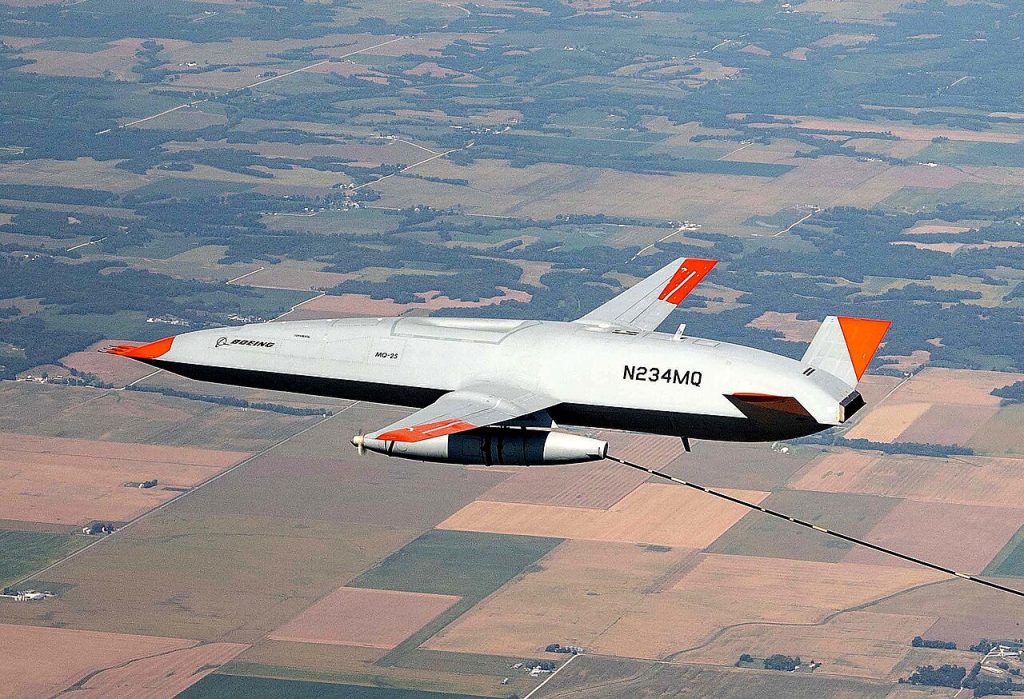
9. NGAS and the Tanker Dilemma
Aerial refueling remains a vulnerability. The Next Generation Air Refueling System was once envisioned as a stealth tanker to go along with the fighters into contested airspace. Budget pressures and the longer-range F-47 have moved the focus to survivable connectivity upgrades for the existing KC-46 fleet and unmanned tanker options, such as the MQ-25. The decision reflects trade-offs in the funding of numerous expensive programs at the same time.
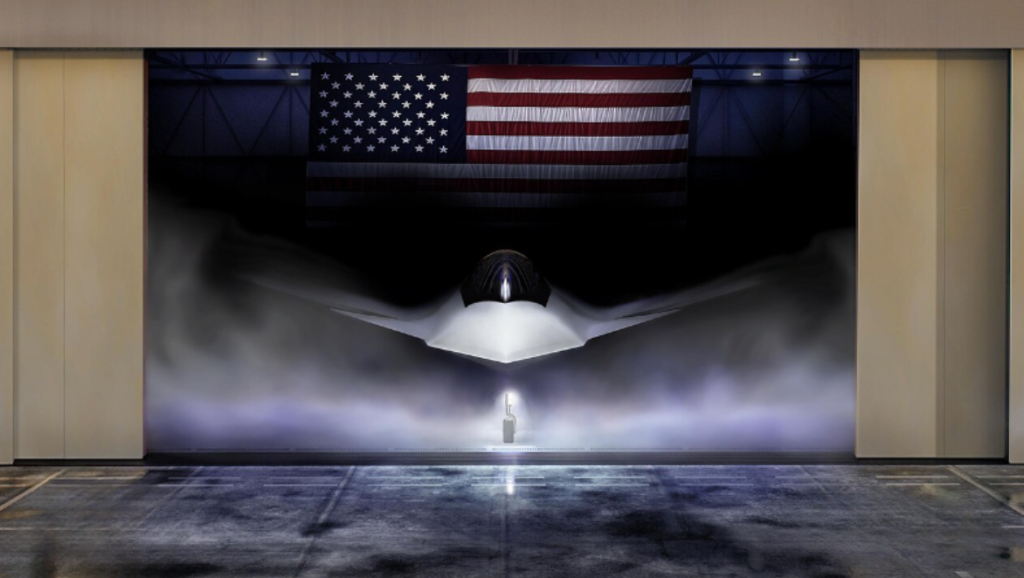
10. Strategic Context: China’s Head Start
Meanwhile, China’s J-36 has been publicly flying since December 2024, with rapid design iterations indicating an accelerated path to service in 2030. The triple-engine, tailless design and drone coordination capabilities of the J-36 replicate some of the NGAD concepts. The US approach-flying demonstrators in secret since 2019-emphasizes operational surprise over public signaling and bets that a more integrated system-of-systems will make up for China’s apparent progress. The Boeing F-47 is more than a fighter; it is the linchpin of a broader combat architecture designed to dominate highly contested environments.
Its secrecy is a shield and a strategic choice that denies adversaries the ability to adapt before it arrives in force. Yet, the success of this program will depend not just on the aircraft’s capabilities but also on the resilience of the supporting ecosystem-upgraded fifth-generation fighters, loyal wingman drones, survivable tankers, and the industrial capacity to sustain them. In the high-stakes sprint for sixth-generation airpower, the winners will be determined by speed, integration, and adaptability.


